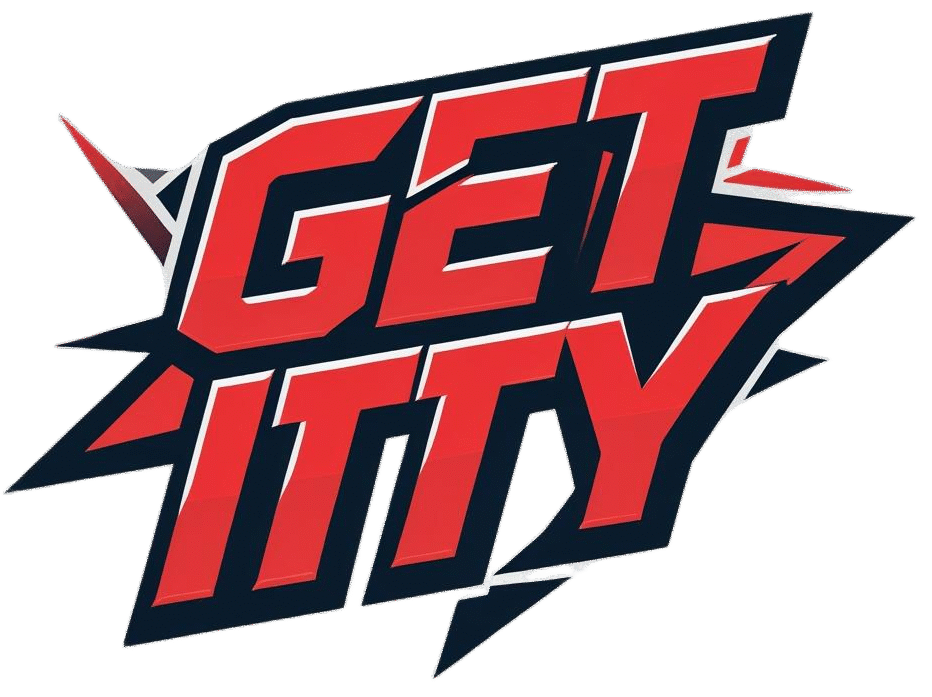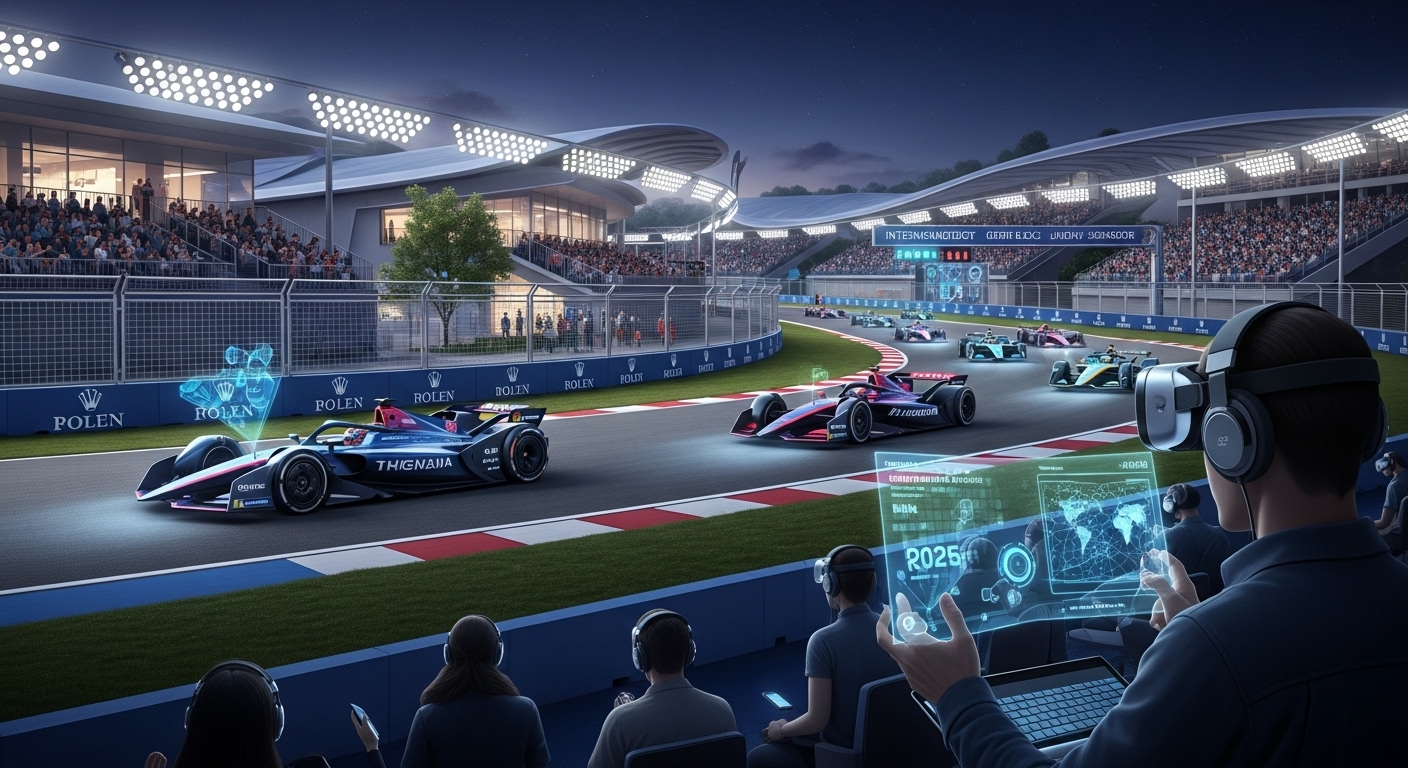The primal urge to go faster, to outperform, and to push boundaries has driven humanity for millennia. This fundamental desire finds its most exhilarating expression in the world of “racing” – a diverse and dynamic realm where speed, precision, and the relentless pursuit of perfection converge. From the thunderous hooves of horses to the silent surge of electric vehicles, racing continues to captivate millions globally. As of mid-2025, the global racing landscape is not just about raw pace; it’s a testament to rapid technological integration, evolving fan engagement, and an unwavering commitment to sustainability, collectively shaping the future of competitive racing.
The Heart of Competition: Defining the Diverse World of Racing
Racing encompasses a dazzling array of disciplines, each with its unique challenges and appeal:
- Motorsport: This is the most visible and technologically driven segment. It includes:
- Open-Wheel Racing: The pinnacle of speed and technological sophistication. Formula 1 (F1) remains the global standard-bearer, with the 2025 season showcasing refined aerodynamic innovation and intense competition. Formula E, the all-electric counterpart, is rapidly gaining ground, with its Gen4 cars (debuting late 2026 for the 2026/27 season) promising 600 kW of power and permanent all-wheel drive, pushing the boundaries of electric vehicle performance and sustainability.
- Touring Car Racing: Highly modified production cars battling fender-to-fender on circuits, offering intense, close-quarters racing.
- Sports Car Racing: Features high-performance sports cars and purpose-built prototypes in endurance races, testing both speed and reliability over extended periods (e.g., 24 Hours of Le Mans, FIA World Endurance Championship).
- Stock Car Racing: Dominated by NASCAR in North America, these races involve specially built cars designed to resemble production models, known for their high speeds and aggressive pack racing on ovals.
- Rallying: A test of driver and co-driver skill against diverse, challenging terrains and changing conditions, often on public roads (e.g., World Rally Championship, Dakar Rally).
- Motorcycle Racing: From the blistering speeds of MotoGP on tarmac to the thrilling jumps and mud of Motocross off-road, two-wheeled motorsport demands incredible precision and bravery.
- Animal Racing: Horse racing (flat, jump, harness), greyhound racing, and even camel racing, steeped in tradition and often significant cultural events in certain regions.
- Human-Powered: Track and field (sprinting, long-distance), cycling (road, track, mountain biking), swimming, and various forms of endurance events like triathlons and marathons.
- Emerging Forms: This includes high-speed sailing, powerboat racing, air racing, and the rapidly growing drone racing circuits, showcasing new avenues for competitive speed.
A Legacy of Acceleration: From Ancient Games to Digital Arenas
The human fascination with racing is ancient. Chariot races were grand spectacles in Roman arenas, just as horse races have been celebrated for centuries. The invention of the automobile in the late 19th century quickly spawned organized competitions, with early races serving as crucial tests for nascent automotive technology. This led to the development of purpose-built tracks and the formalization of major series like F1 and NASCAR. This evolution continues today, extending into digital realms where esports racing has become a significant phenomenon.
Racing in 2025: Key Trends and the Future Horizon
As of mid-2025, the global racing landscape is undergoing significant transformations, driven by technological advancements, evolving fan engagement, and a growing emphasis on sustainability:
- Accelerated Electrification and Sustainable Fuels: Electric racing is rapidly maturing. Formula E continues to expand its calendar, with new venues and enhanced performance from its Gen3 Evo cars, demonstrating remarkable acceleration (0-60 mph in 1.82 seconds). Beyond pure EVs, traditional motorsport series are significantly ramping up their use of sustainable fuels. Formula 1 aims for net-zero carbon emissions by 2030, with a 100% sustainable fuel to be introduced in 2026 that can be used in road cars without modification. MotoGP, for instance, has committed to 100% non-fossil fuel for all classes by 2027. This commitment to greener practices attracts new sponsors and environmentally aware fans, reflecting broader societal shifts.
- Data, AI, and Simulation as Core Competencies: The volume of data collected from race vehicles is immense. Teams leverage advanced analytics and Artificial Intelligence (AI) for real-time performance optimization, predictive modeling for race outcomes (e.g., tire degradation, pit stop windows), and refined race strategies. AI is also revolutionizing driver training, offering hyper-realistic simulators that mimic real-world racing conditions, and providing personalized feedback to improve driving techniques. The use of AI in vehicle design for optimizing aerodynamics and engine performance is also a growing trend.
- Enhanced Fan Experience and Digital Integration: Fan engagement is increasingly interactive. Augmented Reality (AR) overlays on broadcasts provide live strategy breakdowns, telemetry data, and dynamic visuals, transforming passive viewers into real-time analysts. Helmet-cam streams, pit-lane audio feeds, and interactive apps offer unprecedented access and deeper immersion. The burgeoning esports scene, with its virtual racing leagues (often powered by realistic physics engines), continues to attract a younger audience, frequently serving as an entry point to real-world racing. Formula 1’s 2025 Global Fan Survey highlights that 70% of Gen Z fans engage with F1 content daily, especially through streaming and social media.
- Diversity and Inclusivity: Significant efforts are underway to make racing more inclusive. F1 Academy, an all-female Formula 4-level championship, is gaining momentum, with its 2025 season seeing an unprecedented number of rookies and a significant reduction in average driver age. Initiatives like the Racing Pride Aston Martin Award for Diversity & Inclusion recognize teams that promote broad diversity, fostering an inclusive environment from grassroots karting to professional levels. These programs are opening doors and bringing new talent to the forefront, driven by a demand for inclusive storytelling and representation within the sport.
- Strategic Market Expansion: The global motorsports market continues its significant growth trajectory, driven by increasing global viewership, rising sponsorship investments, and continuous technological advancements. The market is projected to reach over $10.5 billion in 2025, with strong growth attributed to a 61% rise in sponsorship agreements and a 35% growth in sim-racing adoption. F1’s global fanbase increased by 12% in 2024 to 826.5 million, leading to expansion into new regions and an increased demand for events, merchandise, and media rights.
The Roar Continues: A Look Ahead
High operational and participation costs remain a challenge for the motorsport industry. However, the surge in global popularity, driven by engaging content and accessible digital platforms, continues to fuel investment and innovation. Racing embodies the human spirit of pushing limits, innovation, and the thrill of intense competition. As technology continues to accelerate and new generations of fans and participants emerge, the world of racing promises an even more electrifying and sustainable future.

